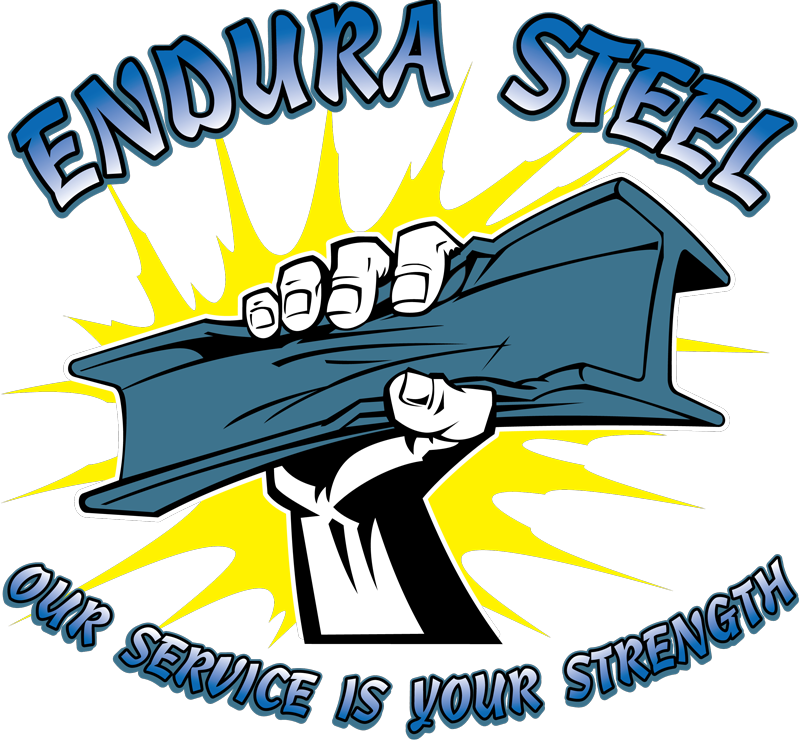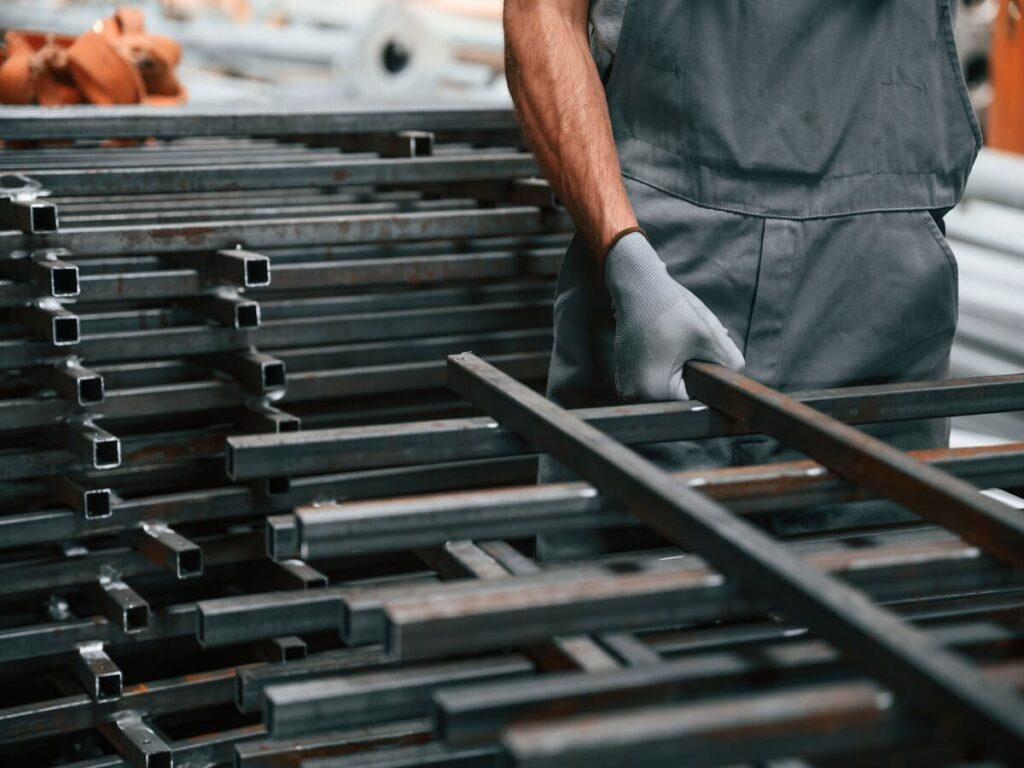Metal fabrication is a process that shapes metal into products or structures. It involves cutting, bending, welding, and assembling metal in various ways. This technique is essential in making everything from small machine parts to large metal structures for materials in metal fabrication. The process turns raw metal into usable items for many different industries.
Importance in Various Industries
Metal fabrication is crucial in many industries, including construction, automotive, and aerospace. It provides the necessary components and structures for building infrastructure, vehicles, and aircraft. This process is also vital in creating tools and machinery used in manufacturing and other sectors, showcasing its wide-ranging impact.
Steel
Types of Steel
Carbon Steel: This common type of steel has a higher carbon content, giving it strength and hardness but making it less pliable. It’s widely used in construction and manufacturing of heavy equipment.
Alloy Steel: Alloy steel is made by mixing carbon steel with various alloying elements like nickel, chromium, and vanadium. This process enhances its mechanical properties, making it ideal for automotive and aerospace applications.
Stainless Steel: Known for its corrosion resistance, stainless steel contains chromium, which forms a protective layer against rust. It’s commonly used in kitchenware, medical instruments, and architecture.
Tool Steel: Tool steel is characterized by its hardness and resistance to abrasion. It’s typically used to make cutting tools, molds, and dies due to its ability to maintain a sharp edge under high stress.
Properties and Characteristics
Steel’s properties vary based on its type and composition. Generally, it’s strong, durable, and can be easily shaped or welded. Carbon steel is particularly known for its high strength and toughness, while stainless steel stands out for its resistance to rust and corrosion. Alloy and tool steels offer special properties like increased hardness and resistance to wear, making them suitable for specific applications.
Common Uses in Fabrication
Steel is extensively used in various fabrication processes due to its versatility and strength. Carbon steel is often used in building construction and manufacturing of heavy machinery. Stainless steel, with its corrosion resistance, is ideal for making kitchen appliances, medical equipment, and automotive parts. Alloy and tool steels are commonly used in creating specialized tools, automotive components, and aerospace applications.
Handling and Fabrication Techniques
Working with steel requires specific techniques to ensure safety and quality. Cutting, bending, and welding are common methods used in steel fabrication. Careful handling is needed, especially when dealing with high temperatures during welding or cutting. Protective gear and proper machinery are essential to manipulate steel into desired shapes and sizes safely.
Aluminum
Types of Aluminum Alloys
Aluminum alloys are categorized based on their composition and properties. The 1000 series is mostly pure aluminum, known for its high conductivity and formability. The 6000 series, which includes a mix of aluminum, magnesium, and silicon, is widely used for its balance of strength and ductility, making it suitable for structural applications. The 7000 series is mixed with zinc, offering the highest strength of all aluminum alloys, commonly used in aerospace and automotive industries.
Properties
Aluminum is well-known for being lightweight yet strong, making it a favored material in many industries. It’s about one-third the weight of steel, which helps reduce energy consumption in vehicles and aircraft. Additionally, aluminum naturally forms a protective oxide coating, giving it excellent corrosion resistance. This property is especially useful in environments prone to moisture and chemicals.
Applications in Fabrication
Aluminum’s unique qualities make it highly sought after in various fabrication applications. It’s widely used in the automotive industry for parts like engine blocks and body panels due to its lightweight nature. In construction, aluminum is used for window frames, roofing, and structural components. Its corrosion resistance makes it ideal for marine and aircraft applications. Additionally, its conductivity is beneficial in electrical and electronic components.
Techniques for Machining and Welding Aluminum
Machining and welding aluminum requires specific techniques due to its unique properties. When machining, sharp tools, and appropriate speeds are necessary to prevent the material from sticking to the tool. Techniques like TIG (Tungsten Inert Gas) and MIG (Metal Inert Gas) welding are commonly used, providing strong joints and a clean finish. Special care is needed to control heat and avoid warping, as aluminum conducts heat more efficiently than steel.
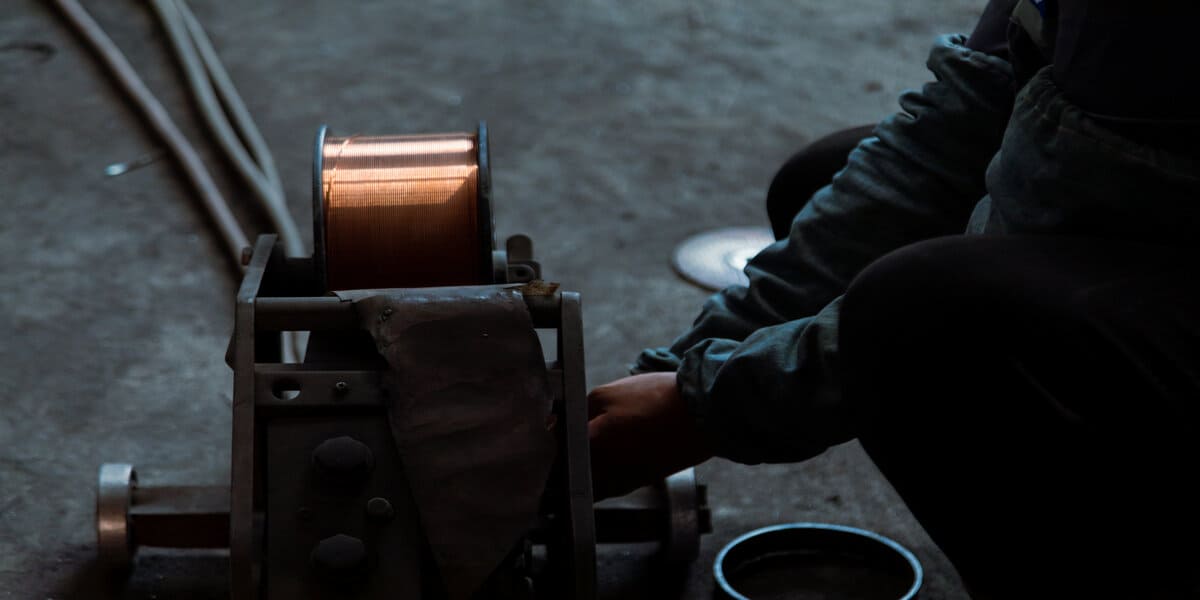
Copper
Properties of Copper
Copper is highly valued for its excellent electrical and thermal conductivity, making it a primary choice for wiring and electronics. It’s also very malleable and can be stretched into thin wires without breaking. This flexibility and natural corrosion resistance make copper ideal for plumbing and heating systems. Furthermore, its ability to easily form alloys with other metals enhances its utility in various applications.
Common Copper Alloys
Copper alloys are created by combining copper with other elements to enhance its properties. Brass, an alloy of copper and zinc, is known for its strength and corrosion resistance, making it suitable for decorative and functional items. Bronze, another common alloy made from copper and tin, is noted for its hardness and wear resistance, often used in bearings and sculptures. Cupronickel, which mixes copper with nickel, is especially resistant to corrosion in saltwater environments, making it ideal for marine applications.
Uses of Copper in Electrical and Plumbing Fabrication
Copper is extensively used in electrical fabrication due to its superior conductivity. It’s the preferred material for electrical wires, circuit boards, and motor coils. In plumbing, copper pipes and fittings are valued for their durability and resistance to corrosion, ensuring long-lasting water supply systems. Its ability to withstand high temperatures makes copper ideal for heating and cooling systems.
Challenges of Copper in Fabrication
Copper fabrication presents challenges primarily due to its softness and high thermal conductivity. The softness can lead to issues during machining, as copper may deform or stick to cutting tools. Its high thermal conductivity requires careful heat management during welding or soldering to prevent warping or uneven joints. Additionally, the cost of copper, which is higher than many other metals, can be a factor in project budgeting.
Brass
Composition and Varieties of Brass
Brass is an alloy primarily made of copper and zinc, with the proportions of these elements varying to create different types of brass. The amount of zinc influences its properties: lower zinc content results in a redder, more ductile brass, while higher zinc content makes it stronger and more yellow. Common varieties include cartridge brass used in ammunition casings and naval brass, which has a small amount of tin for enhanced corrosion resistance in marine environments. Brass can also include other elements like lead for improved machinability.
Characteristics of Brass
Brass is well-regarded for its excellent machinability, meaning it’s relatively easy to cut, shape, and form compared to other metals. This property makes it a popular choice for intricate components in mechanical and decorative applications. Also, brass has good corrosion resistance, especially against water and saltwater, making it suitable for marine fittings and plumbing fixtures. Its golden appearance adds aesthetic value, often used in decorative items and musical instruments.
Applications in Decorative and Functional Fabrication of Brass
Brass is widely used in decorative and functional applications due to its unique properties. Its golden color and ability to take a high polish make it a favorite for decorative items like lamps, jewelry, and musical instruments. Functionally, brass is used in gears, valves, and bearings because of its low friction and good wear resistance. Its corrosion resistance makes it suitable for plumbing fixtures and marine hardware.

Nickel
Alloy Types of Nickel
Nickel alloys are known for their strength and resistance to corrosion and heat. The nickel-copper alloys, like Monel, are renowned for their strength and resistance to corrosion, particularly in marine and chemical environments. Nickel-iron alloys like Invar are unique for their minimal thermal expansion, making them ideal for precision instruments and aerospace components. These alloys are chosen for specific applications where their unique properties are essential.
Properties of Nickel
Nickel is notable for its high resistance to heat and corrosion, making it suitable for extreme environments. It retains its strength and toughness even at high temperatures, which is essential in jet engines and power generation applications. Additionally, nickel has magnetic properties, making it useful in electronics and magnetic alloys. Its ability to alloy smoothly with many metals enhances its versatility in various industrial applications.
Usage in High-Performance Applications of Nickel
Nickel is extensively used in high-performance applications due to its durability and resistance to extreme environments. It’s a key component in superalloys, crucial in aircraft engines and turbines because they can withstand high temperatures and stress. Nickel’s corrosion resistance makes it ideal for use in chemical processing equipment. Its magnetic properties are also utilized in making batteries and electronic components, showcasing its versatility in advanced technology fields.
Fabrication Considerations of Nickel
Working with nickel in fabrication requires attention to its unique properties. Nickel alloys can be tough to machine and may require specialized tools and techniques to shape and form them properly. During welding, controlling the temperature is crucial to avoid cracks in the finished product. Also, proper ventilation is important when machining or welding nickel, as its dust and fumes can be hazardous to health if not handled correctly.
Titanium
Unique Properties of Titanium
Titanium is distinguished by its exceptional strength-to-weight ratio, being strong yet much lighter than most metals. This makes it ideal for applications where strength and weight are critical factors, like aerospace and automotive industries. Additionally, titanium is highly resistant to corrosion, even against saltwater, which makes it suitable for marine uses. Its biocompatibility also allows for its use in medical implants, as it doesn’t react adversely with the human body.
Types of Titanium Alloys
Titanium alloys are classified based on their composition and mechanical properties. The most common type, Grade 5 titanium (Ti-6Al-4V), combines titanium with aluminum and vanadium and is known for its high strength and heat resistance. Grade 2 titanium is a commercially pure form, offering excellent corrosion resistance and formability, ideal for chemical processing applications. There are also specialized alloys, like Beta titanium, which are more malleable and easily welded, used in orthopedic implants and aerospace components.
Applications in Aerospace and Medical Industries
Titanium’s unique properties make it highly valued in aerospace and medical industries. Its strength and lightweight nature are crucial for constructing aircraft parts like engines and airframes, improving fuel efficiency and performance. In medicine, titanium is used for surgical instruments, dental implants, and joint replacements due to its biocompatibility and ability to bond with bone. Its durability and resistance to bodily fluids make it an ideal choice for long-term medical implants.
Special Handling and Fabrication Methods of Titanium
Fabricating titanium requires specialized methods due to its unique characteristics. It tends to react with other materials at high temperatures, so it needs to be machined in an inert atmosphere or with proper shielding gases during welding. Cutting and shaping titanium can be challenging because of its strength and wear resistance, often requiring advanced tools. Additionally, care must be taken to avoid contamination with other metals during fabrication, as this can weaken the final product.
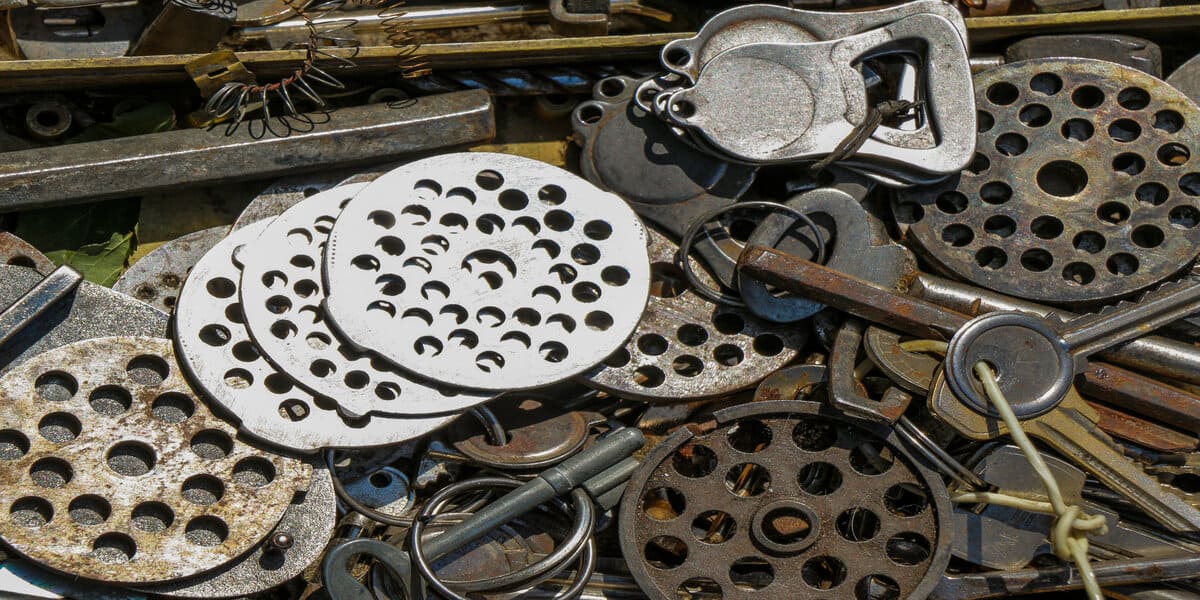
Magnesium
Characteristics of Magnesium: Lightest Structural Metal
Magnesium is the lightest of all structural metals, providing significant weight advantages in various applications. Despite its lightness, it’s quite strong relative to its weight, making it useful when reducing weight is essential. Magnesium also has good heat dissipation properties and can be easily machined, although it’s less ductile than aluminum. However, it’s important to note that magnesium can be flammable in fine powder form or thin ribbons, necessitating careful handling.
Common Alloys and Applications of Magnesium
Magnesium alloys are often combined with elements like aluminum, zinc, and manganese to enhance their strength and corrosion resistance. A popular alloy is AZ31B, magnesium mixed with aluminum and zinc, widely used in aerospace for its lightness and strength. Another common alloy, AM60, is used in the automotive industry for components like steering wheels and seat frames due to its good impact resistance. These alloys are chosen for their lightweight and mechanical properties blend, making them ideal for high-performance applications.
Fabrication Techniques and Safety Concerns Using Magnesium
Fabricating magnesium requires specific techniques, as it’s softer and more reactive than other metals. Machining magnesium can be easier due to its softness, but it demands careful handling to avoid ignition, especially when grinding or cutting. When welding magnesium, a controlled environment with proper shielding gases is necessary to prevent oxidation. Safety is a key concern, as magnesium can burn at high temperatures, so proper fire safety measures and equipment should always be in place during fabrication.
Tool Steels
Classification of Tool Steels
Tool steels are classified based on their hardening processes, which affect their properties. Water-hardening tool steels are the simplest and least expensive, but they can be susceptible to distortion during quenching. Air-hardening tool steels offer better dimensional stability during heat treatment, reducing the risk of cracking or warping. Oil-hardening tool steels provide an excellent balance of toughness and wear resistance, and they are less prone to deformation during the hardening process, making them suitable for intricate shapes.
Properties of Tool Steels
Tool steels are known for their exceptional wear resistance and toughness, making them ideal for cutting and shaping other materials. Their wear resistance means maintaining a sharp edge and resisting abrasion, even under strenuous conditions. The toughness of tool steels prevents them from chipping or breaking during heavy use. These properties are crucial for manufacturing tools like drills, dies, and cutters that require durability and resistance to impact and wear.
Applications in Cutting and Forming Tools
Tool steels are extensively used in manufacturing various cutting and forming tools due to their hardness and durability. They are ideal for making drills, saw blades, and milling cutters, which require sharp, wear-resistant edges to cut through other materials efficiently. Tool steels are also used in forming tools like dies and punches, which are used in shaping metals in presses and molds. Their ability to withstand high stress without deforming or breaking makes them suitable for high-precision tools in the manufacturing industry.
Heat Treatment and Fabrication Processes of Tool Steels
Tool steels undergo specific heat treatment processes to enhance their properties. This often includes hardening by heating to a high temperature and then rapidly cooling, which increases their hardness and wear resistance. Annealing, a process of heating and then slowly cooling, is used to reduce internal stresses and improve workability. During fabrication, care must be taken to maintain the right temperatures and cooling rates to achieve the desired balance of hardness, toughness, and strength in the final product.
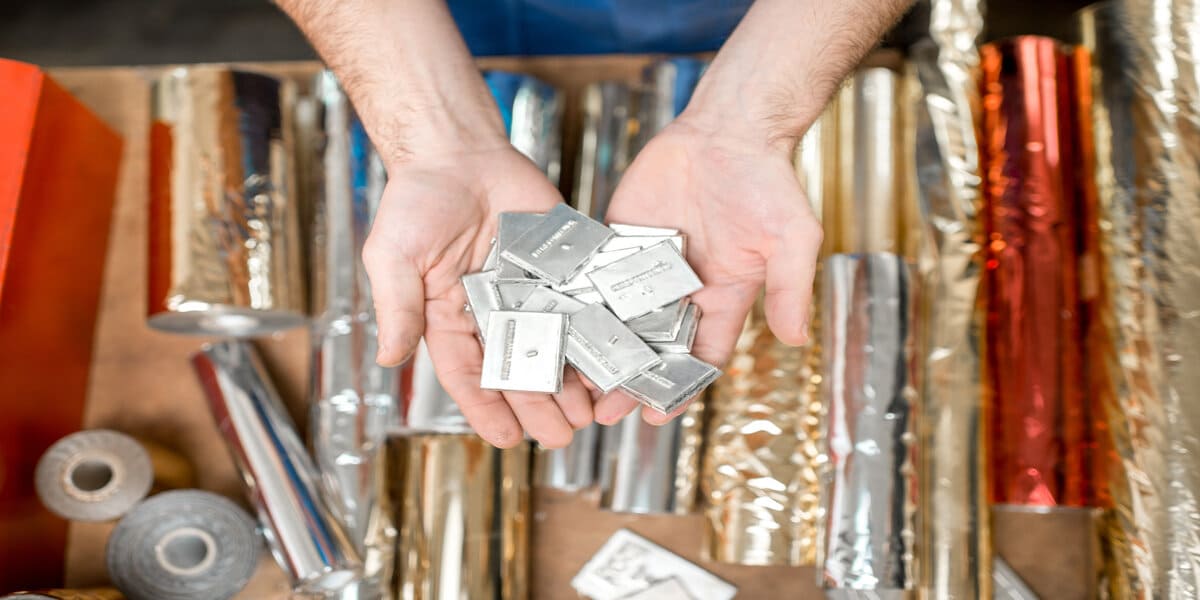
Specialty Metals
Exotic Metals
Due to their unique properties and specialized applications, tungsten, zirconium, and molybdenum are considered exotic metals. Tungsten is known for its extremely high melting point and density, making it ideal for high-temperature applications like light bulb filaments and welding electrodes. Zirconium excels in resistance to corrosion and is used in nuclear reactors and chemical processing equipment. Molybdenum, with its high strength and resistance to heat, is often used in aerospace components and as an alloying agent in steel. These metals are valuable in industries where ordinary metals would not suffice.
Properties and Unique Applications of Specialty Metals
Specialty metals like tungsten, zirconium, and molybdenum have distinct properties that make them suitable for specific, often demanding applications. Tungsten’s incredible heat resistance and strength are ideal for high-temperature environments like aerospace and military applications. Zirconium’s outstanding corrosion resistance is valuable for constructing reactors and pipelines in the chemical and nuclear industries. Molybdenum’s ability to maintain strength at high temperatures makes it essential in producing aircraft parts and electrical contacts. These metals are chosen for tasks where conventional metals wouldn’t perform effectively.
Challenges in Fabrication and Handling of Specialty Metals
Fabricating and handling specialty metals like tungsten, zirconium, and molybdenum come with unique challenges. Their extreme hardness and high melting points require specialized equipment and techniques for machining and welding. For example, working with tungsten demands precise temperature control due to its high melting point. Handling zirconium requires caution to prevent reactions with air or water, as it can be hazardous. The cost and availability of these metals can also be challenging, as they are more expensive and less common than standard metals.
Role of Recycled Metals in Sustainable Fabrication
Recycled metals play a crucial role in sustainable fabrication by reducing waste and conserving natural resources. Using recycled materials decreases the need for mining new metals, often involving energy-intensive and environmentally damaging processes. Recycling metals like steel and aluminum is also more energy-efficient than producing them from raw materials. This practice helps preserve the environment and contributes to a circular economy, where materials are reused and repurposed, minimizing environmental impact.
Metal Matrix Composites
Metal matrix composites (MMCs) are advanced materials that combine metal with other elements like ceramics or carbon fibers. These composites are designed to improve traditional metals’ properties, offering increased strength, stiffness, and resistance to wear and high temperatures. Commonly used in aerospace, automotive, and military applications, MMCs are tailored to provide specific performance characteristics that are not achievable with metals alone. This makes them ideal for high-performance and demanding environments.
Applications and Future Trends
Metal matrix composites are increasingly used in various sectors due to their enhanced properties. In the aerospace industry, they are utilized for components that require high strength and temperature resistance. In the automotive field, MMCs contribute to lighter, more fuel-efficient vehicles. The use of these composites is expected to grow, particularly in fields requiring materials that can withstand extreme conditions, like space exploration and renewable energy. Advancements in technology and a growing focus on sustainability will likely drive further innovation in MMC applications.

Safe Handling Practices of Materials
Following safe handling practices to prevent accidents and health risks is essential when working with different metals and materials. This includes wearing appropriate protective gear like gloves, goggles, and masks to protect against cuts, burns, and inhalation of harmful fumes. It’s also important to be aware of each material’s specific hazards, such as the flammability of magnesium or the toxic fumes from welding certain metals. Proper storage, handling, and training in safe work procedures ensure a safe working environment.
Environmental Impact and Recycling Efforts
The fabrication of metals has a significant environmental impact, primarily due to the energy used in production and the potential pollution from waste materials. Recycling efforts are key in mitigating this impact by reducing the need for new raw materials and lowering energy consumption. Many industries focus on recycling and reusing metals to lessen their environmental footprint. Furthermore, technological advancements are improving metal production and recycling efficiency, contributing to more sustainable practices.
Technological Advances in Metal Fabrication
Technological advances have transformed metal fabrication processes. Automation and computer-controlled machining have increased precision and efficiency, reducing human error and production time. Integrating advanced technologies like 3D printing and laser cutting allows for more complex and intricate designs. Additionally, developments in material science are leading to the creation of new alloys and composites with enhanced properties, expanding the possibilities in fabrication techniques and applications.
Impact of Automation and AI
Incorporating automation and AI in metal fabrication is revolutionizing the industry. These technologies allow for greater precision and efficiency, leading to higher-quality products and faster production times. Automation reduces the need for manual labor, minimizing human error. AI, on the other hand, helps in predictive maintenance and process optimization, enhancing overall productivity. This shift towards technology-driven processes is also changing the skill requirements in the sector, emphasizing the need for technical and digital expertise.
Future Materials and Techniques
The future of metal fabrication is poised to see innovative materials and techniques. New alloys and composite materials are being developed for higher strength, lighter weight, and better environmental resistance. Techniques like 3D printing are advancing, allowing for more complex and precise fabrication. Additionally, integrating smart technologies is expected to further enhance efficiency and customization in production processes, paving the way for more innovative and sustainable fabrication methods.
In summary, metal fabrication is a diverse field involving materials like steel, aluminum, and exotic metals, each with unique properties and applications. Advances in technology, including automation and AI, are continually shaping fabrication techniques, leading to more efficient and precise processes. The development of new materials and the growing emphasis on sustainability are set to revolutionize the industry further. The future of metal fabrication promises continued innovation, enhancing capabilities across various sectors, from construction to aerospace.
Frequently Asked Questions
What are the most commonly used metals in fabrication?
The most commonly used metals in fabrication include steel, aluminum, copper, brass, nickel, and titanium. Each metal has unique properties and applications, depending on its strength, corrosion resistance, and other characteristics.
Why is steel so widely used in metal fabrication?
Steel is widely used in metal fabrication due to its versatility, strength, and affordability. It can be easily welded and modified, making it suitable for various applications, from construction to automotive manufacturing.
How has technology impacted metal fabrication?
Technology, particularly automation and AI, has greatly impacted metal fabrication. It has increased precision, efficiency, and safety in manufacturing processes, allowing for more complex designs and reduced labor costs.
Is welding the only way to join metals in fabrication?
No, welding is not the only method to join metals in fabrication. Other methods include bolting, riveting, and using adhesives. The choice of method depends on the type of metals being used and the required strength and durability of the joint.
References
Metal fabricating and where the industry headed
